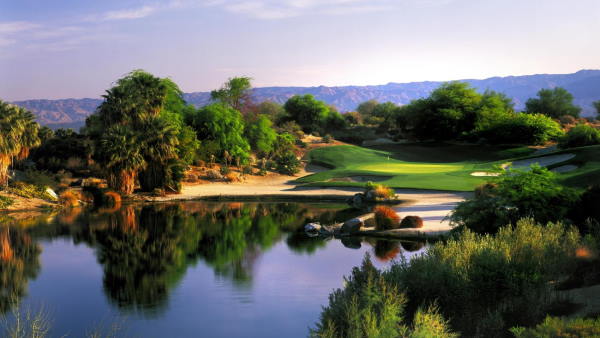About Palm Desert, California
 Palm Desert is a city located in Coachella Valley. It is around 14 miles of Palm Springs, 121 miles of San Diego, and 122 miles of Los Angeles. The town has a total population of 49,000 as of the 2010 census. It was one of the largest growing cities in terms of population in the 1980s and 1990s starting at 11,000 residents in 1980, then doubling to 23,500 in 1990, and nearly increasing its 1990 population by double by the year 2000.
Palm Desert is a city located in Coachella Valley. It is around 14 miles of Palm Springs, 121 miles of San Diego, and 122 miles of Los Angeles. The town has a total population of 49,000 as of the 2010 census. It was one of the largest growing cities in terms of population in the 1980s and 1990s starting at 11,000 residents in 1980, then doubling to 23,500 in 1990, and nearly increasing its 1990 population by double by the year 2000.
The city was first known as the Old Macdonald Ranch but later changed to Palm Village in the 1920s when date palms were popular back then. The principal inhabitants of Palm Desert were the Cahuilla Indian Farmers of the Cayetano tribe. The first residential development was in 1943 in connection with the Army maintenance camp in that area. In 1948, Palm Desert Corporation began developing real estate, and in 1951 the city was given its present name.
Services we offer in Palm Desert :
E Waste Recycling
Hard disk destruction
Destruction of Products
Kits for Recycling
See other cities in Riverside County
